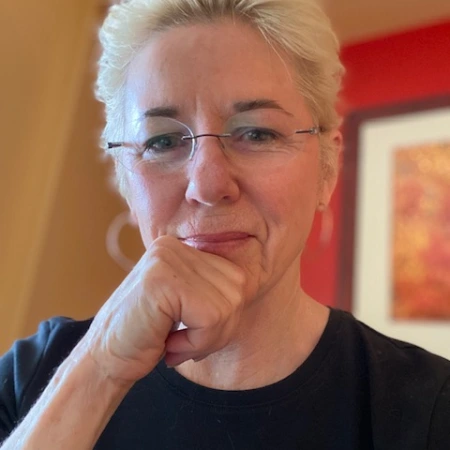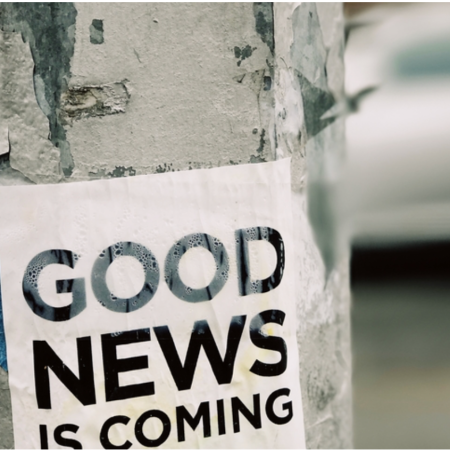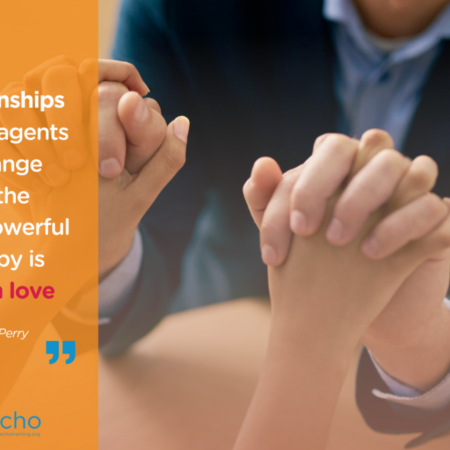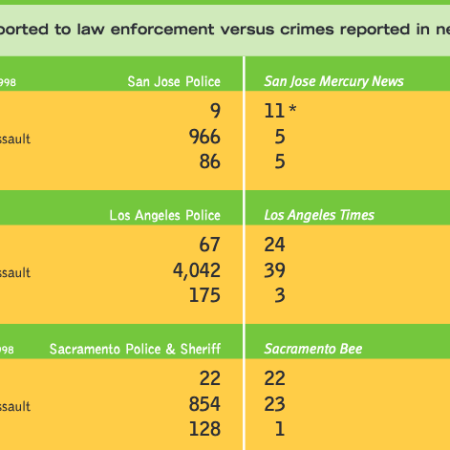
Category: Solutions


To end domestic violence, heal the abusers…say those who do
2 Worth checking out: innerBoy app a promising solution for family violence. Could Ozempic curb cravings for alcohol, shopping & gambling?

ACEsTooHigh spins off from PACEs Connection

Mass shootings and the news media: Catching up to the science of PACEs

There’s no mystery to what happened in Uvalde; there were many opportunities to prevent it .

To prevent mass shootings, don’t bother with motive; do a forensic ACEs investigation

The myth of survivor solidarity: Why it’s so hard for us to all just get along

The Intolerable Cure
